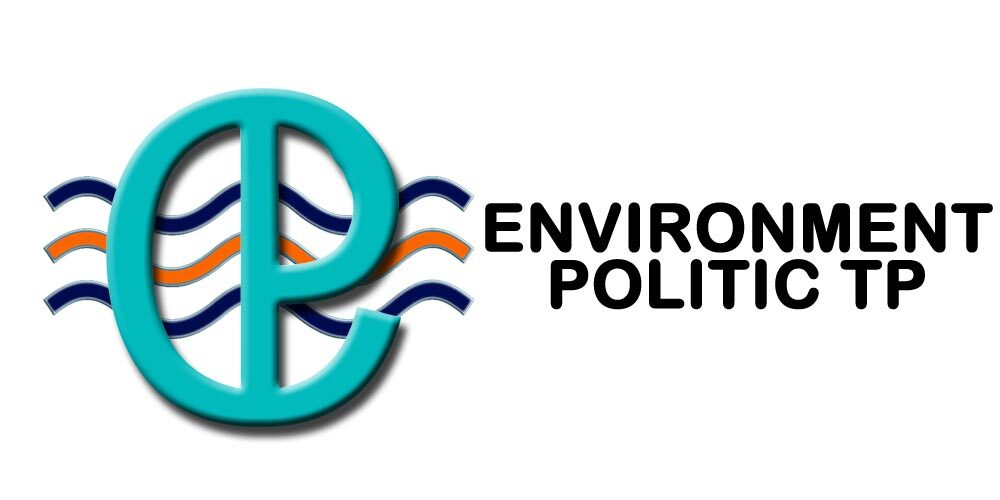It would be impossible to check all of these transactions, and no one would be prepared to pay for the auditors to do so, hence the importance of the risk‑based approach toward auditing. Auditors should direct audit work to the key risks (sometimes also described as significant risks), where it is more likely that errors in transactions and balances will lead to a material misstatement in the financial statements. It would be inefficient to address insignificant risks in a high level of detail, and whether a risk is classified as a key risk or not is a matter of judgment for the auditor. It is vital as the auditors must evaluate components and determine an appropriate level of audit procedures. By using the audit risk model, auditors can effectively plan and execute their audits. In a series of cases, we looked at inherent, control and analytical-procedures risks from auditors in firms where each of these risks was separately assessed.
What Is Inherent Risk?
By employing the http://politikym.net/biblioteka/kniga_polnuy_spectr_dominirovaniya.htm, auditors analyze and evaluate the inherent risk, control risk, and detection risk specific to each engagement. This enables them to tailor their audit procedures and allocate resources effectively, ensuring a comprehensive and reliable audit. By understanding and evaluating each component of the audit risk formula, auditors can effectively plan their audit procedures. They can allocate resources and tailor their audit approach to address the specific risks identified during the risk assessment process.
- Auditors use their professional judgment and various audit techniques to minimize detection risk and increase the likelihood of detecting any material misstatements that may exist.
- The dynamic interplay between inherent risk, control risk, and detection risk under the ARM framework guides auditors in tailoring their audit approach.
- When conducting an audit or analyzing a business, the auditor or analyst tries to gain an understanding of the nature of the business while examining control risks and inherent risks.
- Similar to inherent risk, auditors cannot influence control risk; hence, if the control risk is high, auditors may need to perform more substantive works, e.g. test on a bigger sample, to reduce the audit risk.
Auditing Model Risk Management
The purpose of this article is to give summary guidance to FAU, AA and AAA students about the concept of audit risk. All subsequent references in this article to the standard will be stated simply as ISA 315, although ISA 315 is a ‘redrafted’ standard, in accordance with the International Auditing and Assurance Standards Board (IAASB) Clarity Project. For further details on the IAASB Clarity Project, read the article ‘The IAASB Clarity Project’ (see ‘Related links’). Control risk is the risk that internal controls established by a company, to prevent or detect and correct misstatements, fail and thus the financial statement items become misstated. The people at the accounting firm who failed to detect the many problems in Enron’s books were not paid off or bribed in any way – they genuinely failed to discover any major problems in Enron.replica watches for sale
Managing Audit Risk: Auditor Tools to Mitigate Risk
To lower detection risk, an auditor will take steps to improve audit procedures through targeted audit selections or increased sample sizes. The identification and assessment of risks of material misstatement are at the core of every http://school5-5959.ru/na.htm audit, particularly obtaining an understanding of the entity’s system of internal control and assessing control risk. Performing an appropriate risk assessment enables the auditor to design and perform responsive procedures.
- This is the risk that the auditor will not detect a material misstatement, even if it exists.
- As we will see in the analysis below, auditors plan and perform their audit to keep audit risk at an acceptably low level.
- In the strict field of reviewing financial statements, detection risks show how likely it is that auditors will miss critical mistakes despite employing their best efforts following auditing standards.
- Candidates should then review their list and pick the five risks and responses that they feel they can expand on the most when writing up their answer.
Accounting Crash Courses
Audit risk is a function of the risks of material misstatement and detection risk’. Hence, audit risk is made up of two components – risks of material misstatement and detection risk. F8 students, however, will typically be expected to have a good understanding of the concept of audit risk, and to be able to apply this understanding to questions in order to identify and describe appropriate risk assessment procedures.
Inherent Risk: Definition, Examples, and 3 Types of Audit Risks
Prior to joining AuditBoard, Rakeyia spent two years in external audit with a regional firm in Atlanta specializing in medical audits. CPAs piloting their own accounting practices share their challenges, successes, and lessons learned. 3See AS 1001, Responsibilities and Functions of the Independent Auditor, and paragraph .10 of AS 1015, Due Professional Care in the Performance of Work, for a further discussion of reasonable assurance. For example, say a client sells timber and has an tall, electric fence and cameras surrounding the timber inventory. Complete the form below and our business team will be in touch to schedule a product demo.
What is Acceptable Audit Risk?
This is because the company operates in a rapidly evolving and competitive industry. As a result, there are inherent risks related to product obsolescence, technology changes, and remaining competitive. Additionally, the company’s recent expansion into new markets http://vkusitsvet.ru/tovarisch-est/istorii-ob-istorii/mari-antuan-karem-v-russkoj-kulinarii/trackback/ and diverse product portfolio may increase the inherent risk. The common mistake is for candidates to identify a relevant issue from the scenario and then consider the risk to the company rather than to the auditor, linking into the related assertion.
